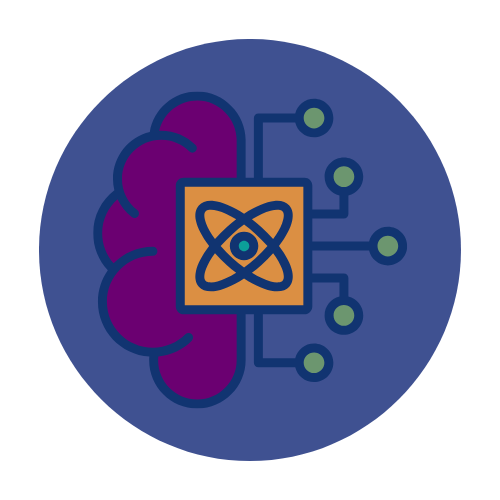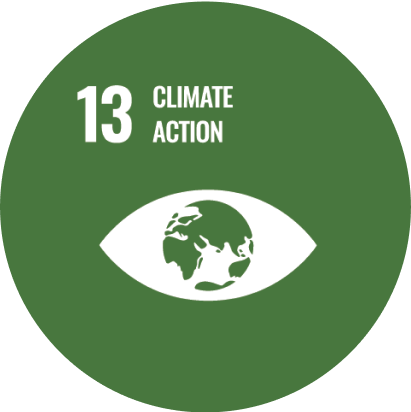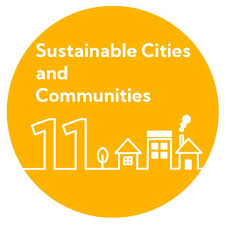Flood Risk Assessment
Quantum machine learning solution to provide better accuracy in floor prediction and improve prevention mechanisms in regions at risk, particularly Malaysia.
Owner
Status
Quantum Approach

Phase 1 – Outline

Quantum Machine Learning
SDGs
Contributors
Origins of Contributors


Malaysia Quantum Information Initiative
Universiti Teknologi Petronas
QuaTI
Natural Resources Canada
University of Calgary
World Meteorological Organization (WMO)



Impact/context
Floods are among the most common natural disasters worldwide, accounting for one-third of the 64% of natural disaster hazards reported in the EM-DAT emergency events database, as published by the International Journal of Disaster Risk Reduction.
Approximately 1.81 billion people have been affected by floods globally. Of these, 170 million live in extreme poverty, with average daily incomes below $1.90 per person, making them particularly vulnerable to long-term socio-economic consequences. Among the flood-affected population, 70% reside in South and East Asia.
According to a report by the United Nations University (UNU), the continuous rise in global temperatures due to climate change has a lasting impact on regional rainfall patterns. Along with higher temperatures and melting glaciers, this leads to increased precipitation intensity, duration and frequency, causing extreme weather events and floods to occur more often.
How quantum could help
Solving the partial differential equations that describe the dynamics of climate and hydrological models require immense computational power. This often forces a compromise between the accuracy and speed of the computation.
A purely data-driven approach using classical machine learning (ML) lacks a representation of physical principles, which can lead to physically inconsistent results, despite ML methods demonstrating considerable success in pattern recognition and time-series forecasting.
This is where quantum computing offers promising avenues to address both of these challenges, by aiming for high-accuracy models without sacrificing physical representation of the system. In the foreseeable future, quantum machine learning has the potential to improve the accuracy of the Weather Research & Forecasting model, particularly in the application of combining hydro-meteorological data in flood risk prediction.
